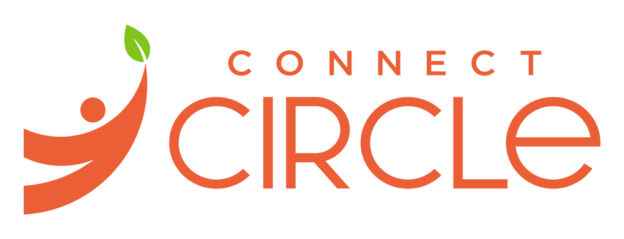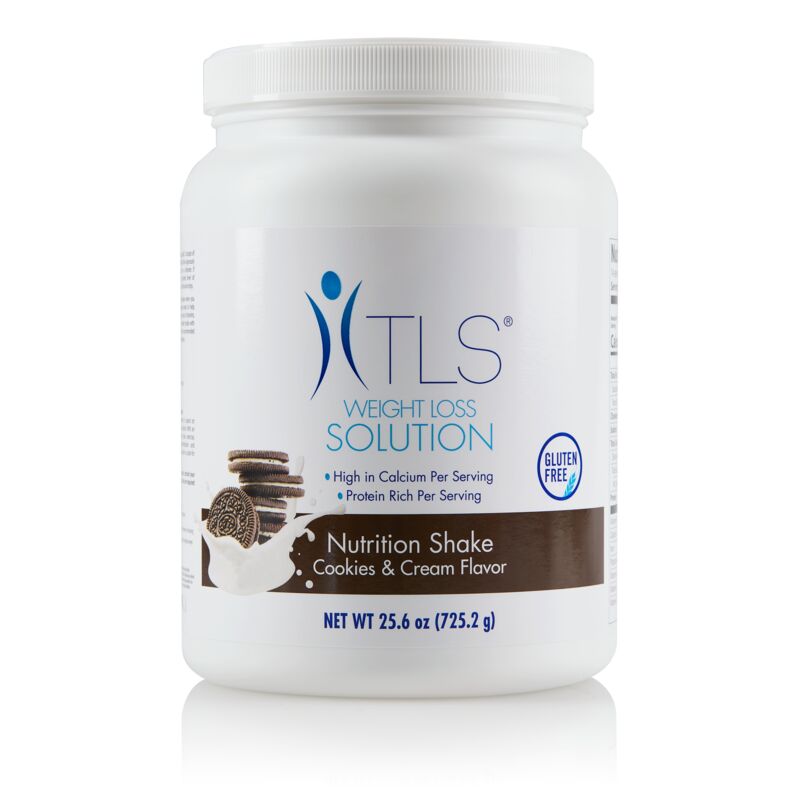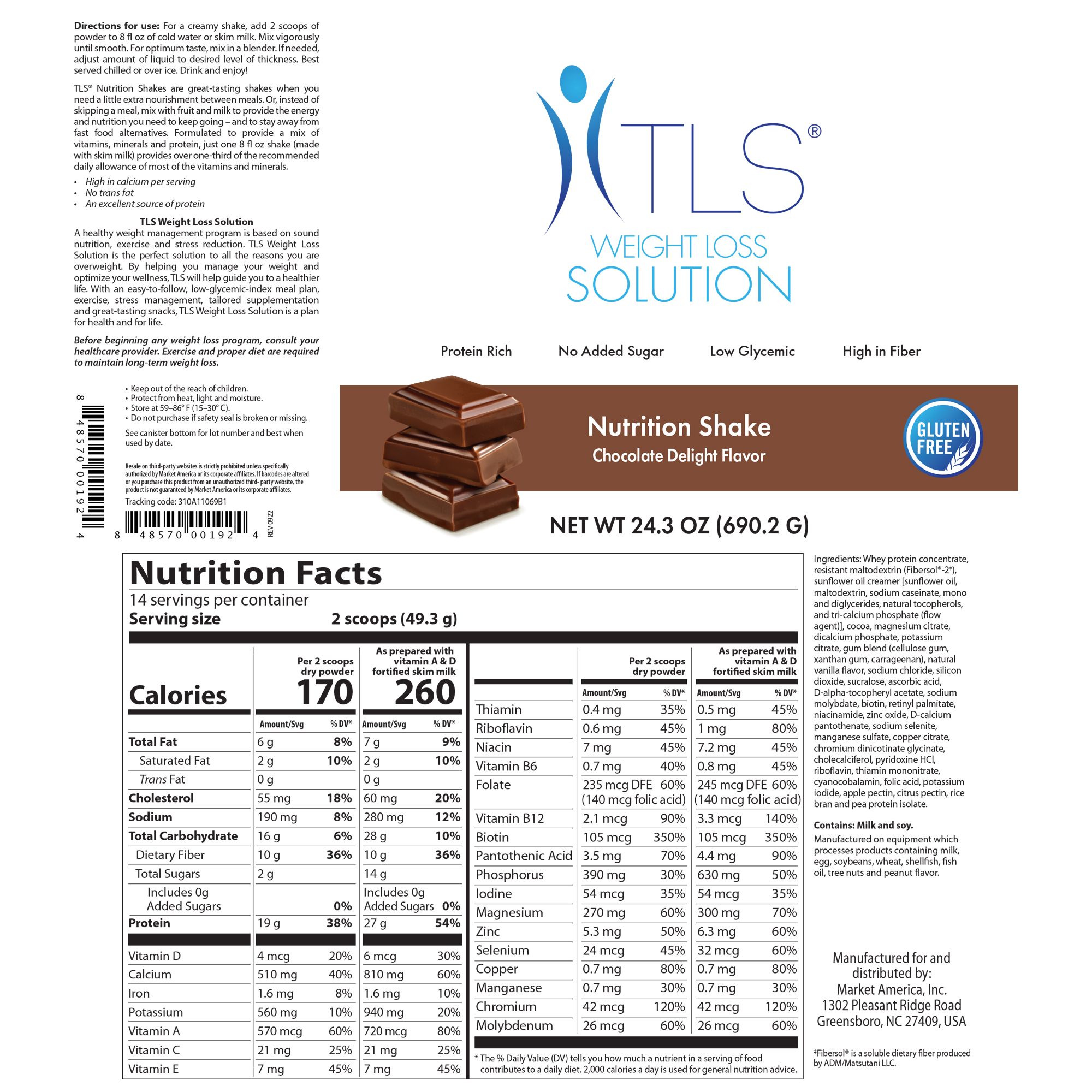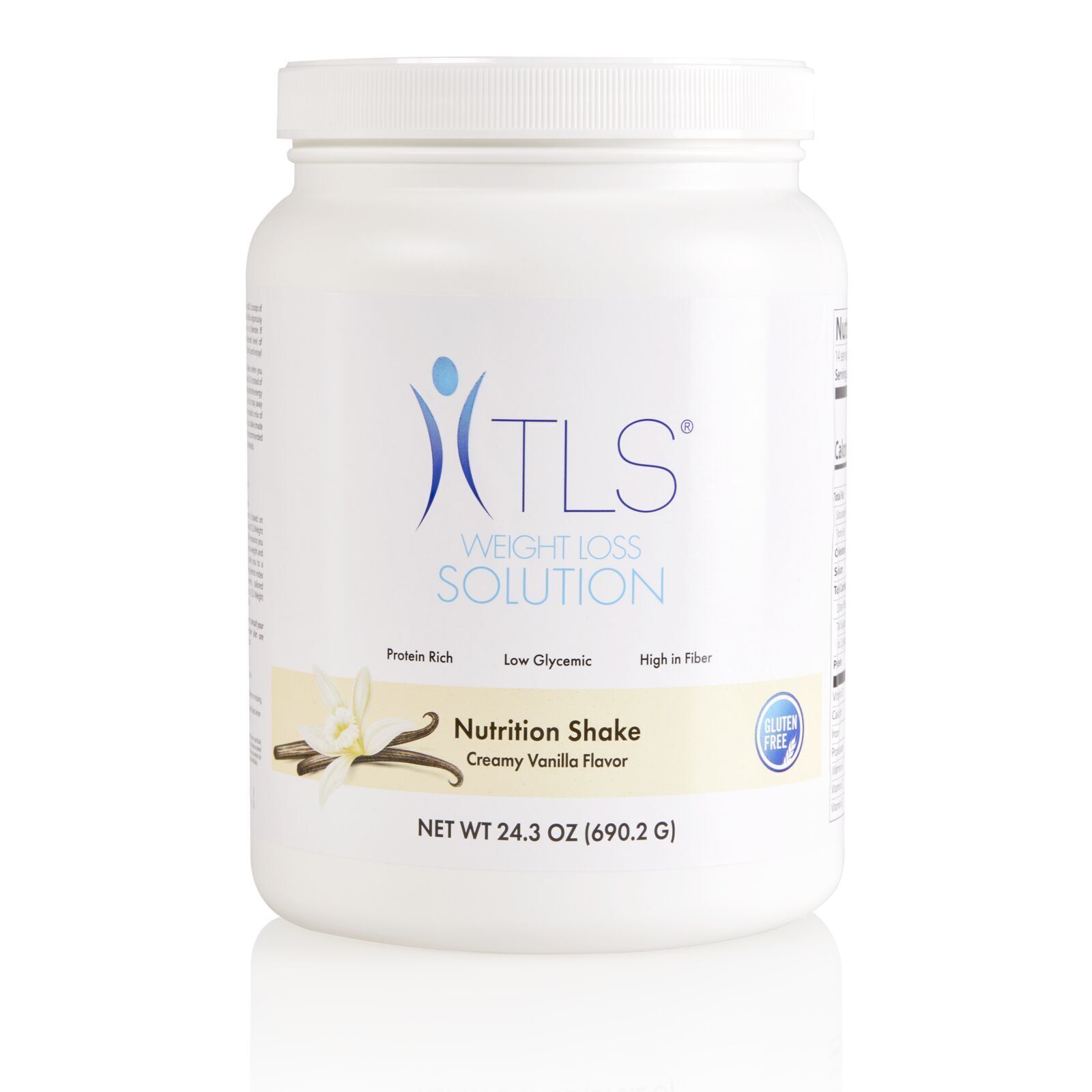Description
TLS Nutrition Shakes provide a great nutritional alternative for active lifestyles. Available in three delicious flavors, TLS Nutrition Shakes are formulated to deliver an optimal balance of protein, carbohydrates, and fats in every serving, along with 10 grams of fiber and over one-third of the recommended daily allowance (RDA) of fiber and 22 different vitamins and minerals — all with just six grams of fat per serving! Whether you want to lose weight or build lean muscle, TLS Nutrition Shakes provide a quick and easy snack between meals to satisfy hunger and an alternative to fast food. As an excellent source of protein and with 10 grams of fiber per serving, TLS Nutrition Shakes deliver the energy and nutrition you need.
Gluten-Free – The finished product contains no detectable gluten (<10ppm gluten)
No Detectable GMOs – The finished product contains no detectable genetically-modified organisms
Drinkable Supplements – Easy-to-swallow supplements in liquid form are immediately available to the body for absorption.
Quality Standards – GMP Operations and Standardized Ingredients
Checked For: Heavy Metals, Microbiological Contaminants, Allergens, Residual Solvents, Potency, Purity and Identity
Compare

With so many weight loss shakes on the market, choosing which one to use is sometimes difficult. When looking for a shake, there are three key ingredients to pay attention to:
1) Protein – High protein is what you should aim for, since it helps increase metabolism and keeps you fuller, longer.
2) Fiber – A high fiber count is desirable, as it helps fill you up.
3) Sugar – It is best to choose shakes with low amounts of sugar. When you eat sugar, your blood glucose level rises, telling your body to store fat.
TLS Nutrition Shakes have an optimal blend of protein (19g), fiber (10g), and sugar (2) that will help keep you full and satisfied throughout the day. TLS Nutrition shakes are a great alternative for those with busy schedules who are tired of unhealthy snack options. Remember this: Protein and fiber at every meal make losing weight no big deal.
Why Choose TLS Nutrition Shakes?
TLS Nutrition Shakes provide a great nutritional alternative for active lifestyles. Available in two delicious flavors, TLS Nutrition Shakes are formulated to deliver an optimal balance of protein, carbohydrates, and fats in every serving, along with 10 grams of fiber, and provide 24 essential vitamins and minerals.— all with just six grams of fat per serving!
Whether you want to lose weight or build lean muscle, TLS Nutrition Shakes provide a quick and easy snack between meals to satisfy hunger and an alternative to fast food. As an excellent source of protein and with 10 grams of fiber per serving, TLS Nutrition Shakes deliver the energy and nutrition you need.
Ingredients
Protein (Whey, Pea)
Protein is an essential component of every cell in the body. Your body uses protein to build and repair tissues, as well as produce enzymes, hormones, and other body chemicals. Protein is an essential building block of bones, muscles, cartilage, skin, and blood. Unlike fat and carbohydrates, the body does not store protein and, therefore, has no reservoir to draw on when it needs a new supply.
Clinical studies consistently show that high-protein diets increase satiety and decrease hunger compared with high-fat or high-carbohydrate diets. In addition, most studies reviewed showed that most people on high-protein diets displayed a 10 percent reduction in overall caloric intake.
Diets higher in protein and moderate in carbs — along with regular exercise — are often believed by experts to reduce blood fats. Protein also helps maintain lean tissue while burning fat for fuel, and this happens without dieters being sidetracked by constant hunger. Researchers don’t understand precisely how protein reduces appetite but believe it may be because protein causes the brain to receive lower levels of appetite-stimulating hormones.
Vitamin A
Vitamin A is a fat-soluble vitamin. Sources of vitamin A include organ meats (such as liver and kidney), egg yolks, butter, carrot juice, squash, sweet potatoes, spinach, peaches, fortified dairy products and cod liver oil. Vitamin A is also part of a family of compounds, including retinol, retinal and beta-carotene. All the body’s tissues use Vitamin A for average growth and repair.
Vitamin C
Vitamin C is found in peppers (sweet, green, red, hot red and green chili), citrus fruits and brussels sprouts, cauliflower, cabbage, kale, collards, mustard greens, broccoli, spinach, guava, kiwi fruit, currants and strawberries. Nuts and grains contain small amounts of vitamin C. It is important to note that cooking destroys vitamin C activity. The body does not manufacture vitamin C on its own, nor does it store it. Therefore, vitamin C must be acquired through diet.
Thiamin (Vitamin B1)
Thiamin plays a vital role in carbohydrate metabolism and nerve function. Thiamin is required for a healthy nervous system and assists in the production of the neurotransmitter acetylcholine and gamma-aminobutyric acid (GABA).
Vitamin B12
Vitamin B12 is naturally found in meats, liver, beef, pork, eggs, whole milk, cheese, whole wheat bread and fish. Vitamin B12 can only be found in animal products, with small amounts derived from fermented soy products such as miso, tempeh, and peanuts. Vitamin B12, when ingested, is stored in the liver and other tissues for later use. Vitamin B12 is responsible for maintaining optimum energy levels as it is vital in the Krebs energy cycle.
Riboflavin (Vitamin B2)
Vitamin B2 is found in liver, dairy products, dark green vegetables and seafood. Vitamin B2 serves as a co-enzyme, working with other B vitamins. Vitamin B2 plays a crucial role in turning food into energy as a part of the electron transport chain, driving cellular energy on the micro-level. Vitamin B2 aids in the breakdown of fats while functioning as a cofactor or helper in activating B6 and folic acid. Vitamin B2 is water-soluble and cannot be stored by the body except in insignificant amounts; thus, it must be replenished daily. The riboflavin coenzymes are also important for transforming vitamin B6 and folic acid into their active forms and for converting tryptophan into niacin.
Pyridoxine HCl (Vitamin B6)
Poultry, fish, whole grains and bananas are the main dietary sources of vitamin B6. Vitamin B6 is required for hemoglobin synthesis. It is involved in synthesizing neurotransmitters in brain and peripheral nerve cells.
Vitamin D3
Regular sunlight exposure is the primary way most humans get their vitamin D. Food sources of vitamin D are vitamin D-fortified milk (100 IU per cup), cod liver oil, and fatty fish such as salmon. Vitamin D promotes the absorption of calcium and phosphorus and supports the production of several proteins involved in calcium absorption and storage.
Vitamin E
The most valuable sources of dietary vitamin E include vegetable oils, margarine, nuts, seeds, avocados, and wheat germ. Safflower oil contains large amounts of vitamin E and trace amounts in corn and soybean oil. Vitamin E is a family of related compounds called tocopherols and tocotrienols. The main health benefit of supplemental vitamin E comes from its immune-boosting antioxidant activity. It also promotes the normal healing of wounds and is known to promote cardiovascular health. Vitamin E is one of the most powerful fat-soluble antioxidants in the body. Vitamin E protects cell membranes from free radical damage.
Calcium
The highest concentration of calcium is found in milk. Other calcium-rich foods include collard greens, Chinese cabbage, mustard greens, broccoli, bok choy and tofu. Calcium is an essential mineral with a wide range of biological roles. In bone, calcium accounts for approximately 40 percent of bone weight. The skeleton has a structural requisite and acts as a storehouse for calcium.
Magnesium
Foods rich in magnesium include unpolished grains, nuts and green vegetables. Green leafy vegetables are potent sources of magnesium because of their chlorophyll content. Meats, starches, dairy products, and refined and processed foods contain low amounts of magnesium. Recent research shows that many people’s diets are deficient in magnesium. The average daily magnesium intake in the U.S. for males is estimated to be about 323 milligrams; for females, it is estimated to be around 228 milligrams. These are considerably less than the 400 and 360 milligrams RDA, respectively.
Magnesium is a component of the mineralized part of bone and is necessary for the metabolism of potassium and calcium in adults. It is also important to mobilize calcium, transporting it inside the cell for further utilization. It plays a key role in the functioning of muscle and nervous tissue. Magnesium is necessary for synthesizing all proteins, nucleic acids, nucleotides, cyclic adenosine monophosphate, lipids, and carbohydrates.
Potassium
Foods rich in potassium include fresh vegetables and fruits such as bananas, oranges, cantaloupe, avocado, raw spinach, cabbage, and celery. Potassium is an essential macromineral that helps to keep fluid balance. It also plays a role in various biochemical and physiological processes. During metabolism, potassium is vital in releasing energy from protein, fat, and carbohydrates.
Selenium
The best dietary sources of selenium include nuts, unrefined grains, brown rice, wheat germ, and seafood. In the body, selenium functions as part of an antioxidant enzyme called glutathione peroxidase and promotes average growth and proper usage of iodine in thyroid functioning. Selenium also supports the antioxidant effect of vitamin E and is often added to vitamin E supplements. As part of the antioxidant glutathione peroxidase, selenium plays a direct role in the body’s ability to protect cells from damage by free radicals.
Zinc (Lactate)
Zinc is largely found in fortified cereals, red meats, eggs, poultry and certain seafood, including oysters. It is a component of multiple enzymes and proteins. It is also involved in the regulation of gene expression. Zinc is an essential trace mineral that has functions in approximately 300 different enzyme reactions. Thus, zinc plays a part in almost all biochemical pathways and physiological processes. More than 90 percent of the body’s zinc is stored in the bones and muscles, but zinc is also found in virtually all body tissues.
Biotin
Biotin can be found in food sources, such as egg yolks, peanuts, beef liver, milk (10 mcg/cup), cereals, almonds, and Brewer’s yeast. Biotin is used for cell growth, the production of fatty acids, metabolism of fats and amino acids. It plays a role in the Citric acid cycle, the process in which biochemical energy is generated during aerobic respiration. Biotin not only assists in various metabolic chemical conversions but also helps to transfer carbon dioxide.
FAQs
How do TLS Nutrition Shakes assist in weight loss?
TLS Nutrition Shakes assist in weight loss by providing a source of quality protein and fiber — much-needed nutrients that also promote a feeling of fullness.
What do TLS Nutrition Shakes taste like?
Available in Creamy Vanilla and Chocolate Delight, TLS Nutrition Shakes are thick and rich, with a mildly sweet flavor that helps to satisfy cravings. Mixing well with milk or water, TLS Nutrition Shakes can be blended with ice for a thicker consistency and can be combined with fruit or other ingredients.
Who should use TLS Nutrition Shakes?
Anyone interested in weight loss and the achievement of optimal body composition, as well as anyone in search of a quick and easy snack alternative.
What are the advantages of a lean protein diet?
Protein provides much-needed nourishment while also blunting hunger pangs, enabling you to feel fuller for longer without becoming deprived of necessary nutrients.
Are the TLS Nutrition Shakes vegetarian?
Yes. TLS Nutrition Shakes only utilize whey and pea proteins. Whey protein is derived from milk, and pea protein is a plant-based source of low-fat protein.
How often should I have a TLS Nutrition Shake?
TLS Nutrition Shakes are especially useful as a snack between meals to help fight hunger and provide additional protein, fiber and calcium. They can be enjoyed anytime.









Reviews
There are no reviews yet.